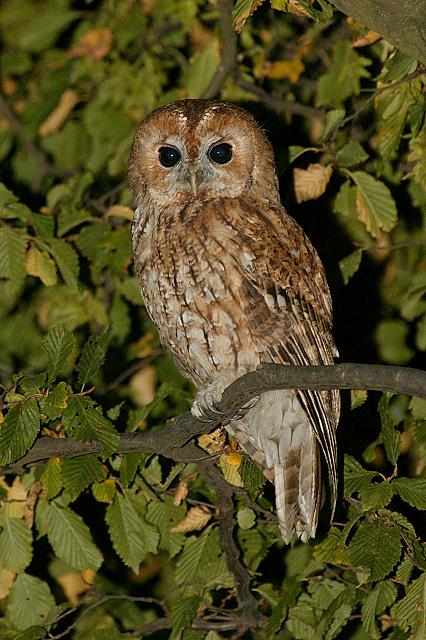m (→Distribution) |
|||
| Line 5: | Line 5: | ||
L 37-43 cm, WS 81-96 cm | L 37-43 cm, WS 81-96 cm | ||
==Distribution== | ==Distribution== | ||
| − | Breeds throughout Britain (but not Ireland), and from Iberia east across Europe to the Urals. Reaches southern Norway, central Sweden and the southern half of Finland in the north and in the south found as far as the north Mediterranean coast but absent from most islands except Sardinia and Sicily and may occur on some eastern Aegean islands such as Rhodes. Occurs in Turkey except the interior, the Caucasus, at a few sites in the Middle East and in northern Iraq. In North-West Africa found in the coastal strip from south Morocco to north Tunisia. | + | Breeds throughout [[Britain]] (but not [[Ireland]]), and from [[Iberia]] east across [[Europe]] to the [[Urals]]. Reaches southern [[Norway]], central [[Sweden]] and the southern half of [[Finland]] in the north and in the south found as far as the north Mediterranean coast but absent from most islands except [[Sardinia]] and [[Sicily]] and may occur on some eastern Aegean islands such as [[Rhodes]]. Occurs in [[Turkey]] except the interior, the Caucasus, at a few sites in the [[Middle East]] and in northern [[Iraq]]. In North-West [[Africa]] found in the coastal strip from south [[Morocco]] to north [[Tunisia]]. |
| − | Mainly resident but juveniles disperse fairly short distances in August-October. In the far north of range may move more extensively in severe weather. Vagrants have been recorded on the Balearic and Canary Islands. | + | Mainly resident but juveniles disperse fairly short distances in August-October. In the far north of range may move more extensively in severe weather. Vagrants have been recorded on the Balearic and [[Canary Islands]]. |
==Taxonomy== | ==Taxonomy== | ||
Revision as of 13:24, 29 June 2008
- Strix aluco
Identification
A medium sized predominantly brown owl with a stocky body and a neckless appearance. The colour varies throughout its vast range and there are 11 recognized subspecies. L 37-43 cm, WS 81-96 cm
Distribution
Breeds throughout Britain (but not Ireland), and from Iberia east across Europe to the Urals. Reaches southern Norway, central Sweden and the southern half of Finland in the north and in the south found as far as the north Mediterranean coast but absent from most islands except Sardinia and Sicily and may occur on some eastern Aegean islands such as Rhodes. Occurs in Turkey except the interior, the Caucasus, at a few sites in the Middle East and in northern Iraq. In North-West Africa found in the coastal strip from south Morocco to north Tunisia.
Mainly resident but juveniles disperse fairly short distances in August-October. In the far north of range may move more extensively in severe weather. Vagrants have been recorded on the Balearic and Canary Islands.
Taxonomy
Subspecies About 6 races occur in the Region differing slightly in size and in minor plumage characters but there is much individual variation. Nominate race occurs from Belgium south to the Alps and east to Russia, British and South-West European race sylvatica is smallest and usually the most rufous, and siberiae from the Urals is the largest and palest with reduced markings. Race mauretanicus is found in North-West Africa lacks rufous morph found in most populations. Large and heavily marked race willkonskii occurs in eastern Turkey and the Caucasus and smaller sanctinicolai in northern Iraq and adjacent Iran.
Habitat
Mainly deciduous or mixed lowland woodland, but at over 2000m in Turkey. Also farmland with copses and scattered trees, town parks and large gardens
Behaviour
This is primarily a woodland owl, the most nocturnal of the owls occuring in the UK. The 'song' is a long quavering hoot followed by a faint monosyllable, a short pause and then an extended soft tremolo which falls in pitch. The female sometimes gives a higher-pitched version of this song, but her usual call is a sharp 'ke-wick'.. Breeds in forests, parkland, wooded farmland, preferring old broadleaf trees (ancient oaks etc. providing large holes); frequently found near man in gardens and towns. Fairly numerous. Sedentary. Nocturnal. Food, mainly voles and insects, taken on ground after watch from perch. Nests in hole. Aggressive when young leave nest, can attack intruder.One of the commonest and most widespread owls of the Region.
Bird Song
<flashmp3>Strix aluco (song).mp3</flashmp3>
Listen in an external program




